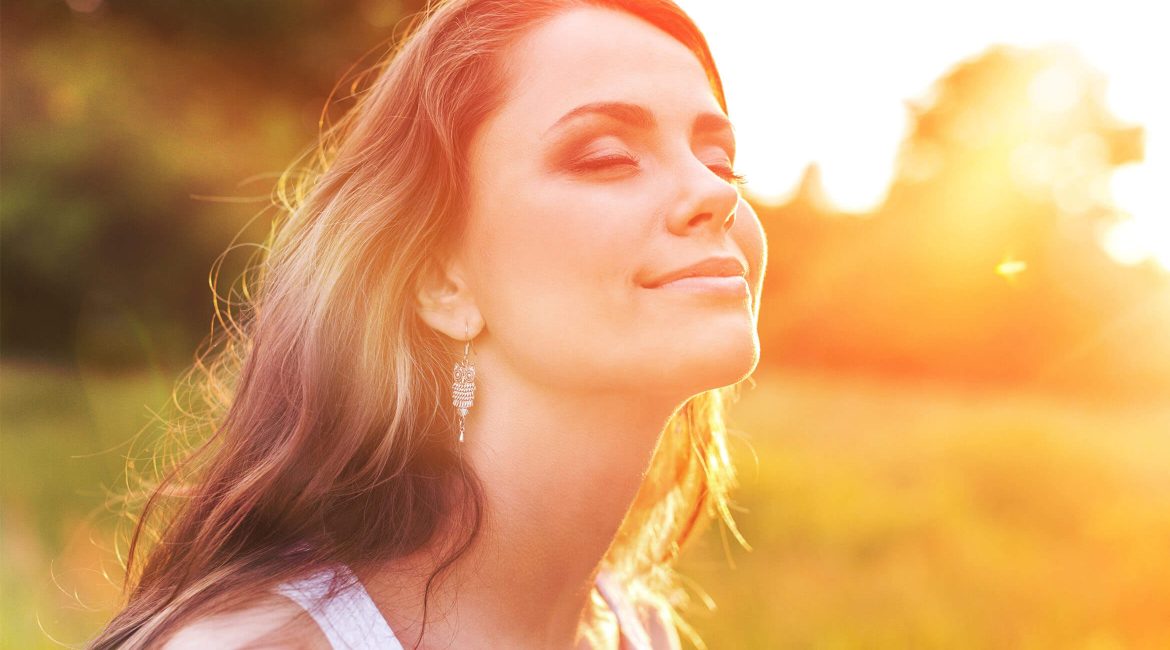For a good handful of my friends, mushrooms were (and still are) for parties, watching visually trippy movies or long walks in nature. So when I broached the topic of microdosing mushrooms on a regular basis, I remember being met with a blank stare, followed by a wave of questions. How does it feel? Aren’t you afraid you will start tripping? You mean… you actually take it and participate in society like a normal human being? I suspect my friends are not alone in this train of thought.
Microdosing involves taking tiny amounts of psychedelics at a time—not to feel high, but just enough to feel something. Psilocybin microdoses usually contain about 0.1 mg of psilocybin. Because the amount is so tiny, people can still go about their day with ease. For some, such as myself, it can make their day feel easier emotionally or physically.
People microdose for many different reasons—to feel happier, enhance their focus or creativity or alleviate symptoms of depression or anxiety. Some people microdose to help wean themselves off an alcohol or drug addiction or anti-depressants.
With all good things, moderation is key, however. Microdosing psilocybin is not meant to be part of your daily show, but more like a special guest appearance to help amplify it. It is most effective when taken on a schedule with regular breaks to prevent tolerance build-up. A common microdosing schedule is 2 to 3 times per week with 2 days between microdoses. There are plenty more schedules out there you can follow—some are unique to a person and what works best for them. Read more about schedules in our Dosing differently: Scheduling your microdose.
It’s all talk until research comes around
Microdosing and psilocybin studies and clinical trials are cropping up all over the place at an incredible pace. It would be interesting to chart the number of psilocybin studies with increasing prevalence of mental health conditions globally. I’d make a safe guess you may see a positive correlation between the two.
For starters, plenty of survey-based studies on microdosing psilocybin exist that support psilocybin’s benefits, including performance enhancement (including increased creativity and efficiency), symptoms of depression, greater pain relief, and even Alzheimer’s disease.
One survey-based study published in the journal of Psychopharmacology in 2018 set out to determine if mental health and substance use disorders could be improved with microdosing.
The online survey asked 1,102 international respondents about their use of microdosing psychedelics for therapeutic purposes and its impact on outcomes. When asked about their primary reasoning for microdosing, here’s how they responded:
- 39% to improve their mental health (85% of which said they had tried other medications or received counselling prior to microdosing)
- 21% to help with symptoms of depression
- 9% for other mental health conditions
- 7% for anxiety
- 2% to reduce or stop using other substances.
It is worth noting that 57% of these respondents said they had previously been diagnosed with a mental health disorder.
In terms of impact, 44% said microdosing improved their mental health significantly, 50% said they were able to discontinue using antidepressants—nearly 40% said the same about psychiatric medications. On the flipside, 19% said microdosing had no impact or “no perceived changes” to their mental health and 1.3% said it made their mental health “somewhat worse”.
Surveys move aside, clinical trials are here
Well, yes, but there’s a catch. Many of them are placebo-controlled clinical trials using larger doses of psilocybin. So far, the landscape does look promising. For example, in one placebo-controlled trial published in the New England Journal of Medicine, psilocybin went head to head with the leading antidepressant medication to prove its effectiveness.
Thirty patients were given 25 mg of psilocybin during two therapy sessions. The remaining 29 patients taking escitalopram (antidepressant) were given 1 mg of psilocybin during theirs. Both patients received their doses in a controlled clinical setting overseen by a psychological support team, including registered psychiatrists.
Although there were some limitations to the study, such as the size and duration (only 59 participants in a 6-week trial), the outcome does offer exciting clues to psilocybin’s role in treating depression.
The group given 25 mg of psilocybin experienced an 8-point reduction in their Quick Inventory of Depressive Symptomatology—Self Report, which is a standardized scale to evaluate depression severity. The group taking escitalopram experienced a similar 6-point drop in their evaluation.
The difference was not statistically significant in scientific terms. In other words, psilocybin appeared to be at least as effective as the antidepressant medication used in the trial. But that’s not all. The participants in the psilocybin group reported improvements in their ability to cry and feel compassion, intense emotion and pleasure. However, their counterparts in the escitalopram group reported unwanted side effects including anxiety, dry mouth, sexual dysfunction and reduced emotional responsiveness.
The microdosing clinical trial we’re watching
So what about microdosing clinical trials? In May 2021, the Wake Network was given the nod by Jamaica’s Ministry of Health and Wellness to begin Phase 2b of their microdosing clinical trial in partnership with the University of the West Indies. A huge nod at that—it will be the psychedelic industry’s first placebo-controlled clinical trial using mushroom-based psilocybin. We will definitely be keeping our eye on how this one unfolds.
Now that you’ve been given the long winded answer on what microdosing is, we recommend you dig into learn more about recommended microdosing schedules.



